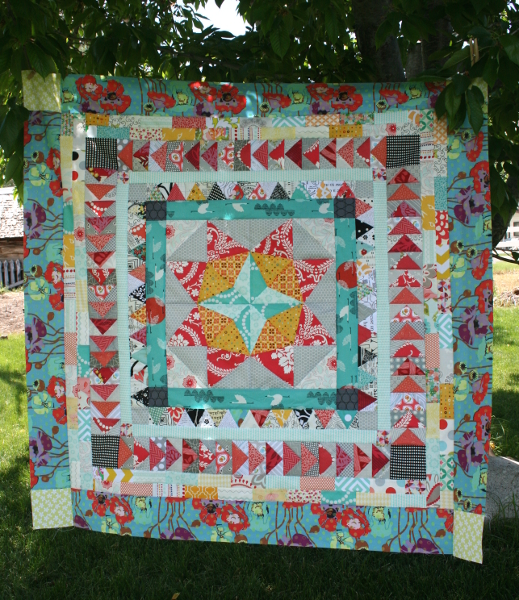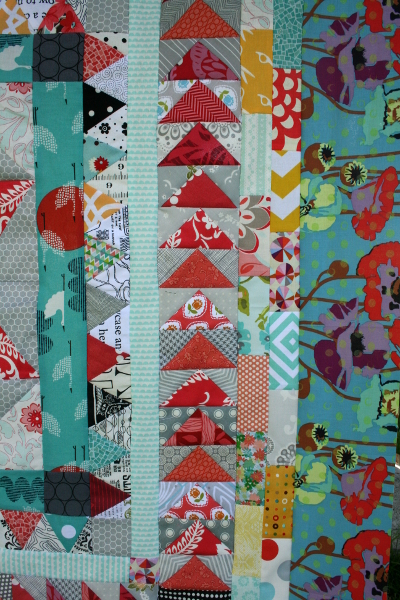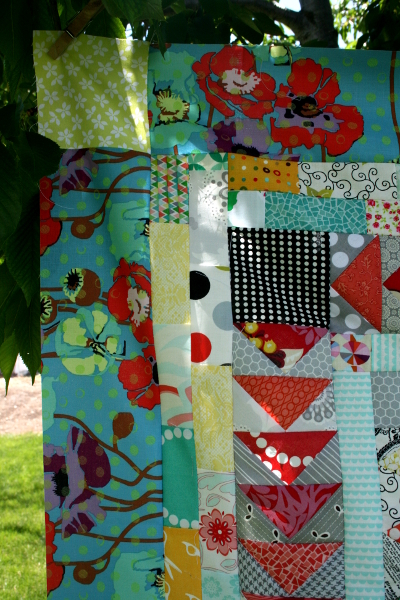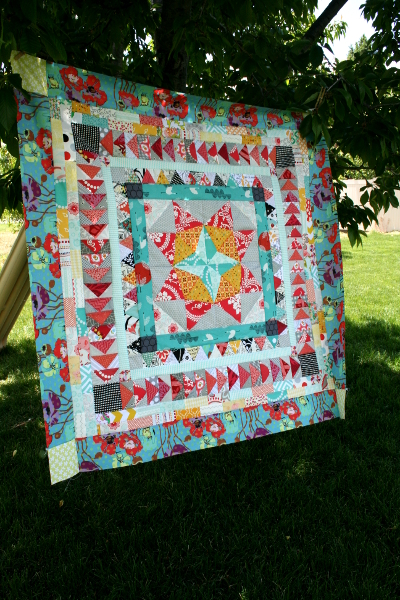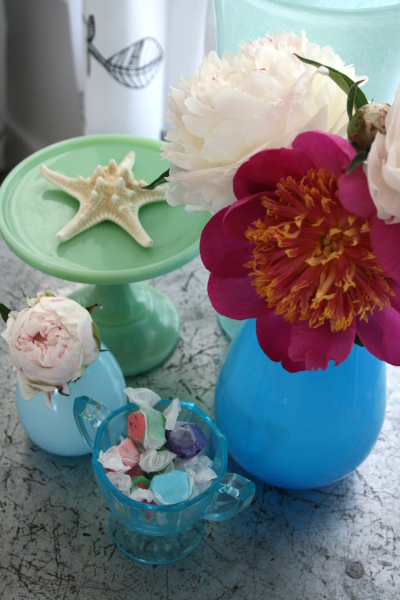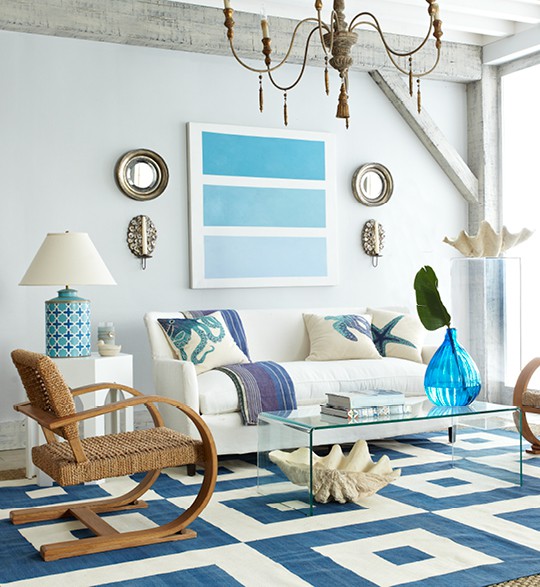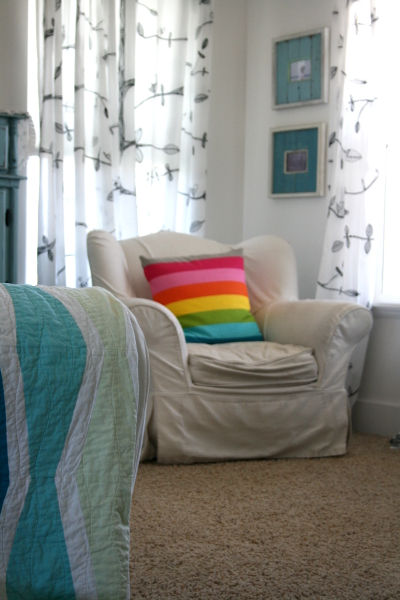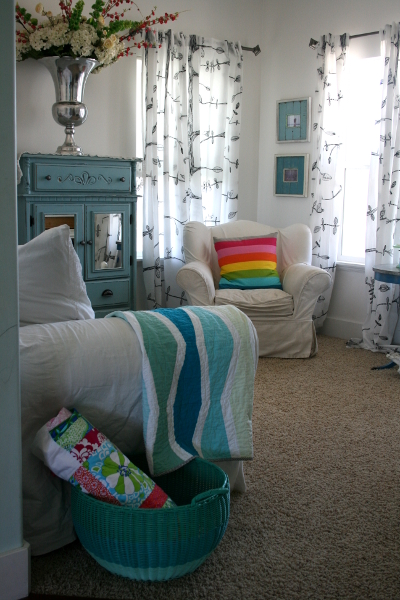Summer Weave quilt
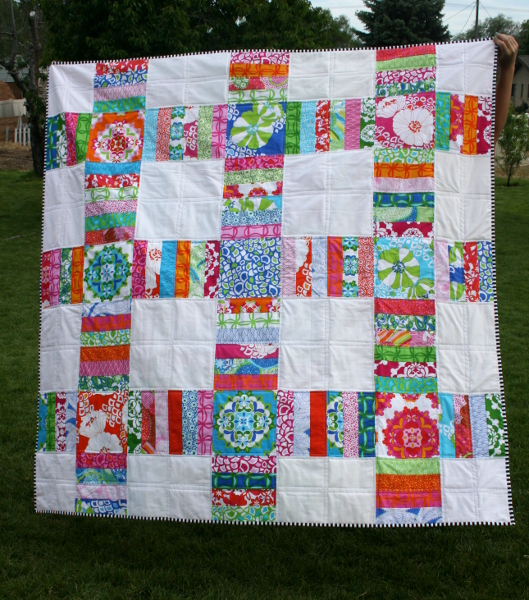
A couple of months ago, while searching for a particular fabric print online, I stumbled upon images of a collection called Lilified by Kanvas Studios for Benartex. I’d never seen it before but liked the crisp colors. It was so summery and I was tempted by several prints but didn’t purchase any at the time. About a week later I went to a sample sale where I stumbled upon samples of every print in the collection which I quickly purchased for just a few dollars.
The collection comes in two colorways, a green/blue combination:
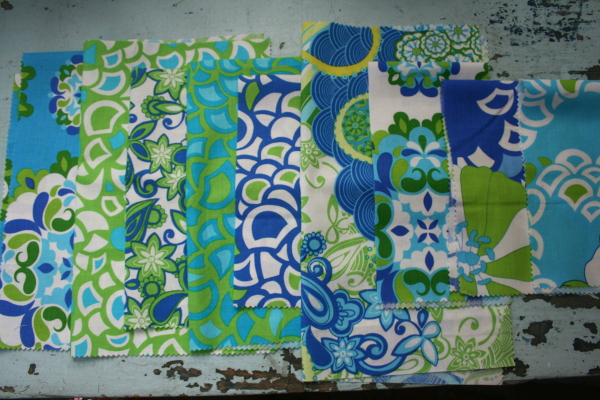
and a pink/orange colorway:
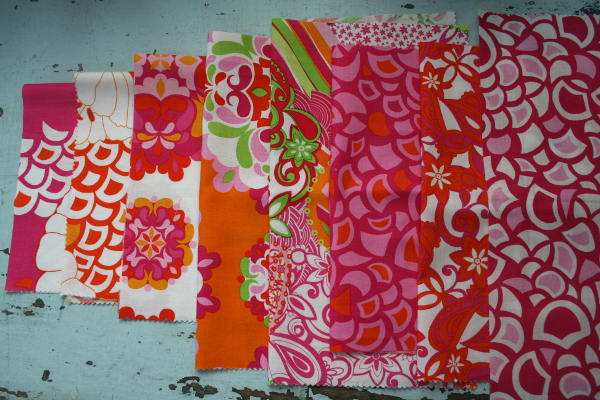
The line includes a few patterns that I think are great stash prints. The first are these awesome lattice-type prints which I particularly like in orange, pink and green/white:
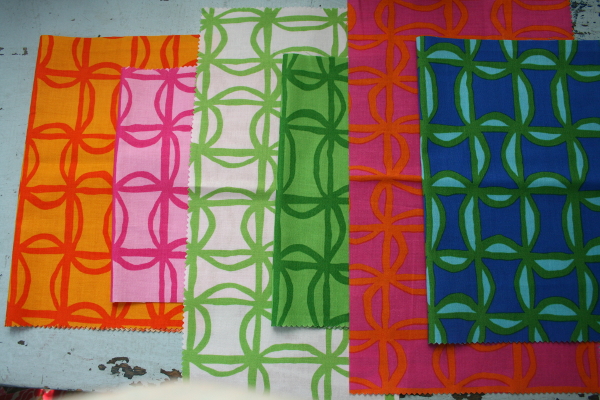
These two were also favorites. The prints on the right would make awesome quilt backs, and the prints on the left belong in a low-volume quilt:

The samples came in all different sizes, the smallest being 8.5 x 5 inches. My favorite print came in this small size and I forgot to take a picture of it before I began cutting and sewing. It’s a little baptist fan type design in pink/white and blue/white.
I’m so pleased with myself for making something right away with these fabrics instead of letting them wait in line behind other projects. It’s fun to get something new and start sewing with it immediately! I knew I wanted to spotlight the larger scale fabrics, especially those with the medallions, but had mostly small pieces to work with. There was not enough fabric for fussy-cutting to center the patterns but I’m happy with how it turned out. I wanted something light, bright and summery for my little girls to play on in the yard this summer.
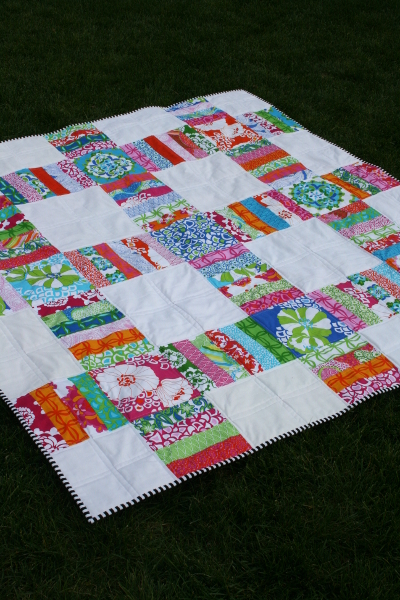

There was enough fabric left to piece some strips for the back. I paired it with some Joel Dewberry yardage I had on hand. I’m really working on making do with what I have and it feels good to use something up! I kept the quilting simple, using straight lines that echo the design of the quilt.
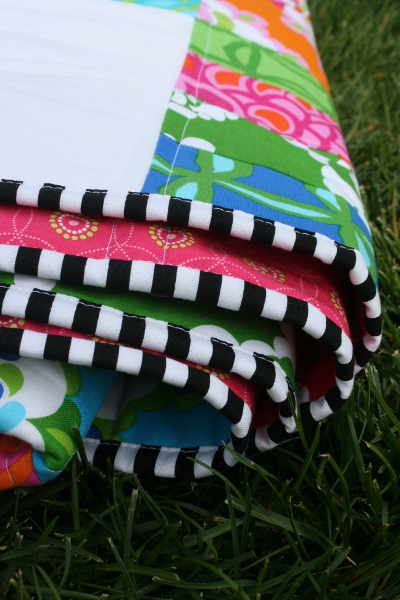
The Michael Miller clown stripe in black was the perfect binding for this quilt. It makes me smile. This is the second quilt I’ve bound in a black and white print this year and I’m fast becoming a fan. Once again, a machine stitched binding.
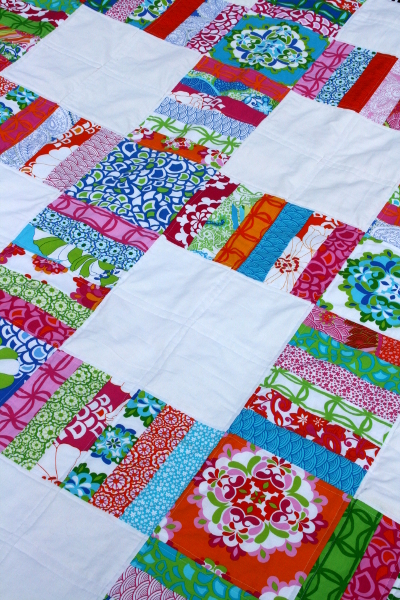
The “Summer Weave” quilt measures approximately 64 inches square. The design was my own making and I’m sure I’ll use it again, as it would be easy to adjust the size of the quilt by adding strips to the “weave.” I had some extra help in the form of young children when I was basting, and there are some spots that didn’t get pulled as tightly as I would like. I’m not worried about it, though, because it will just crinkle up when I wash it and we’ll love it even more.

Have a great day!
Jennifer

